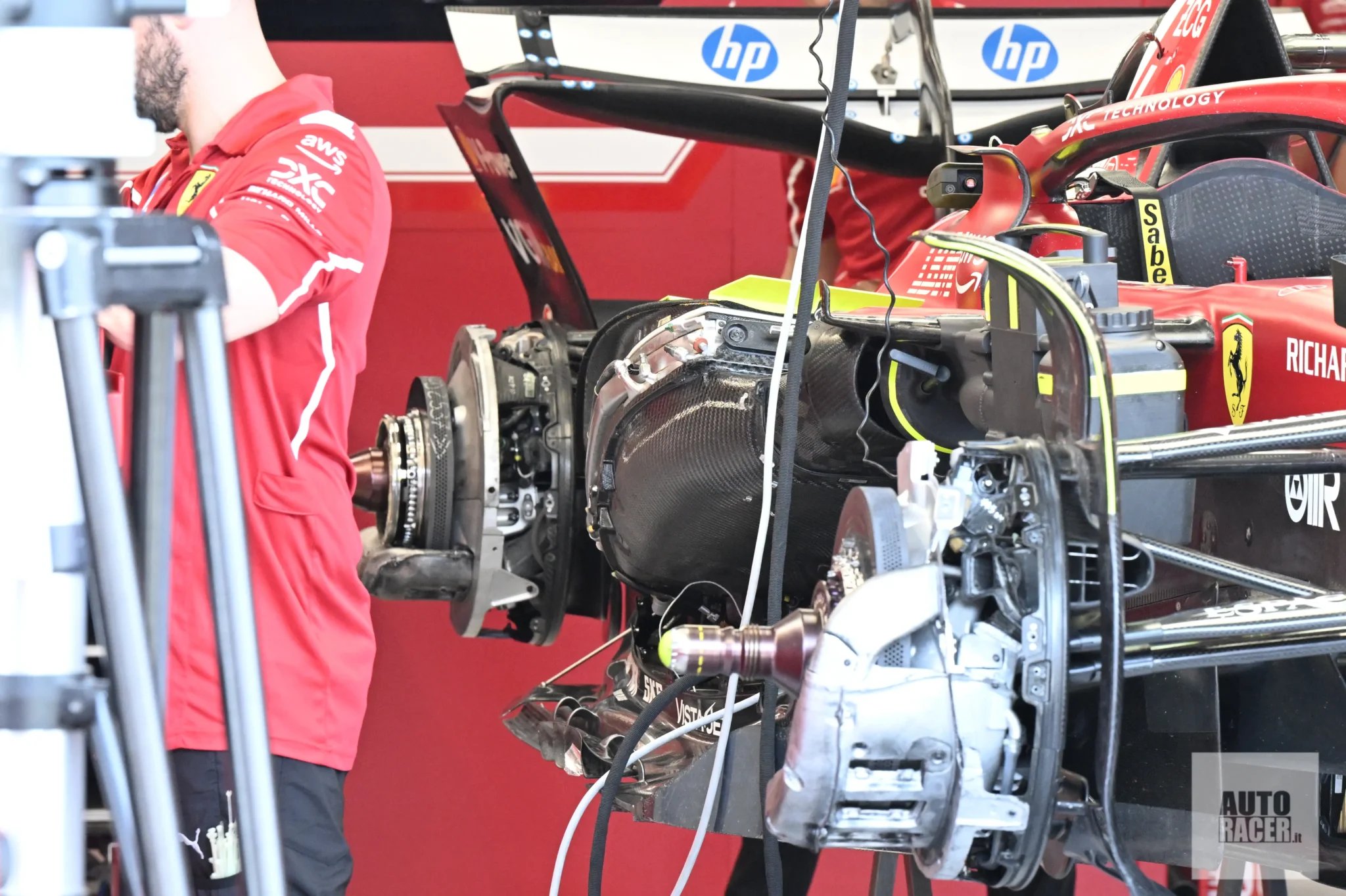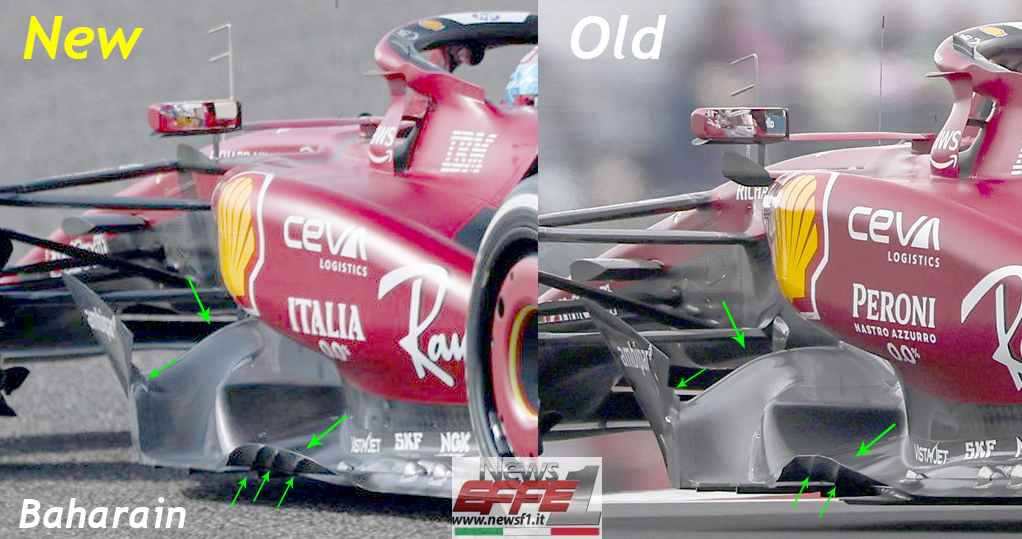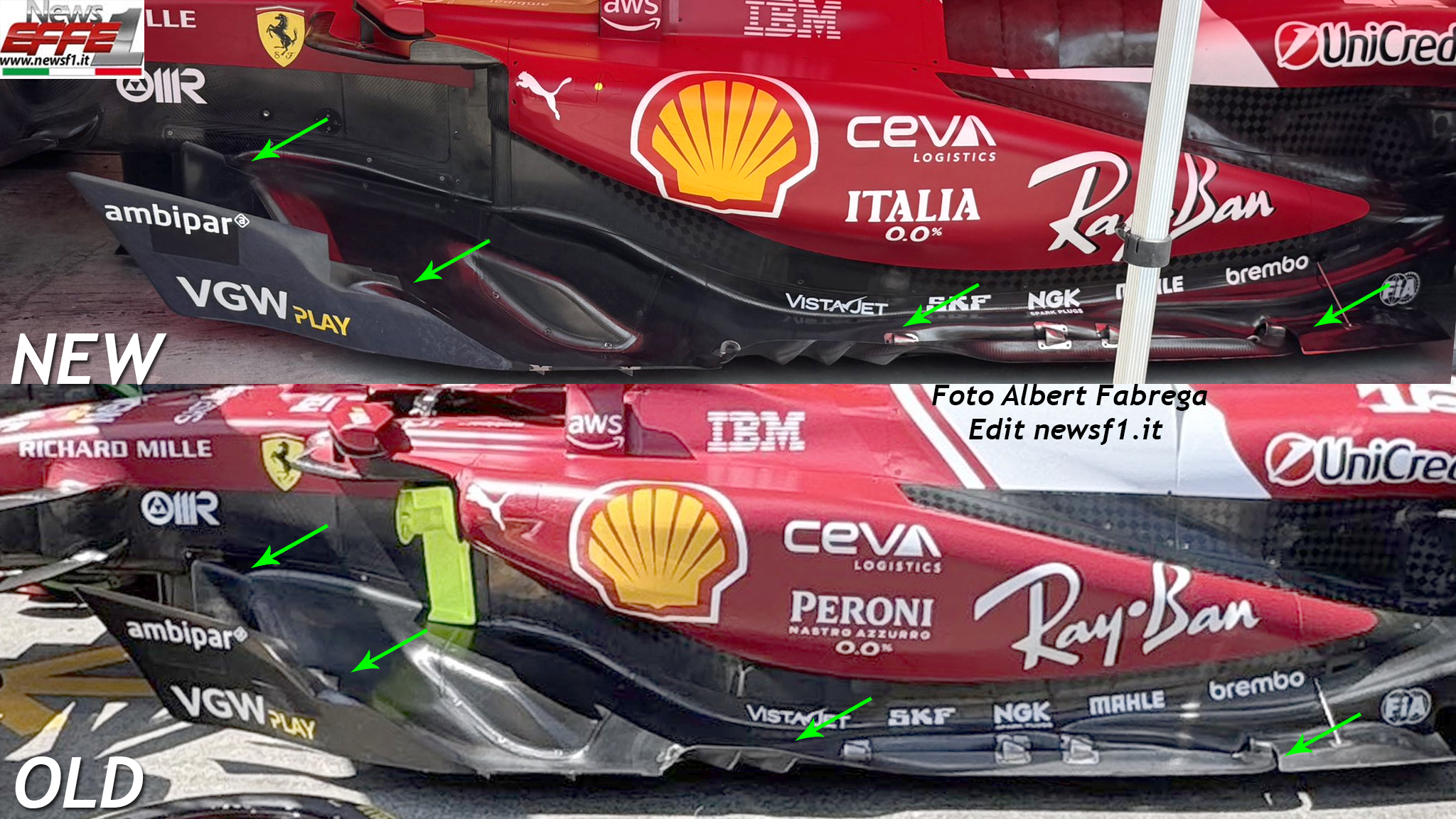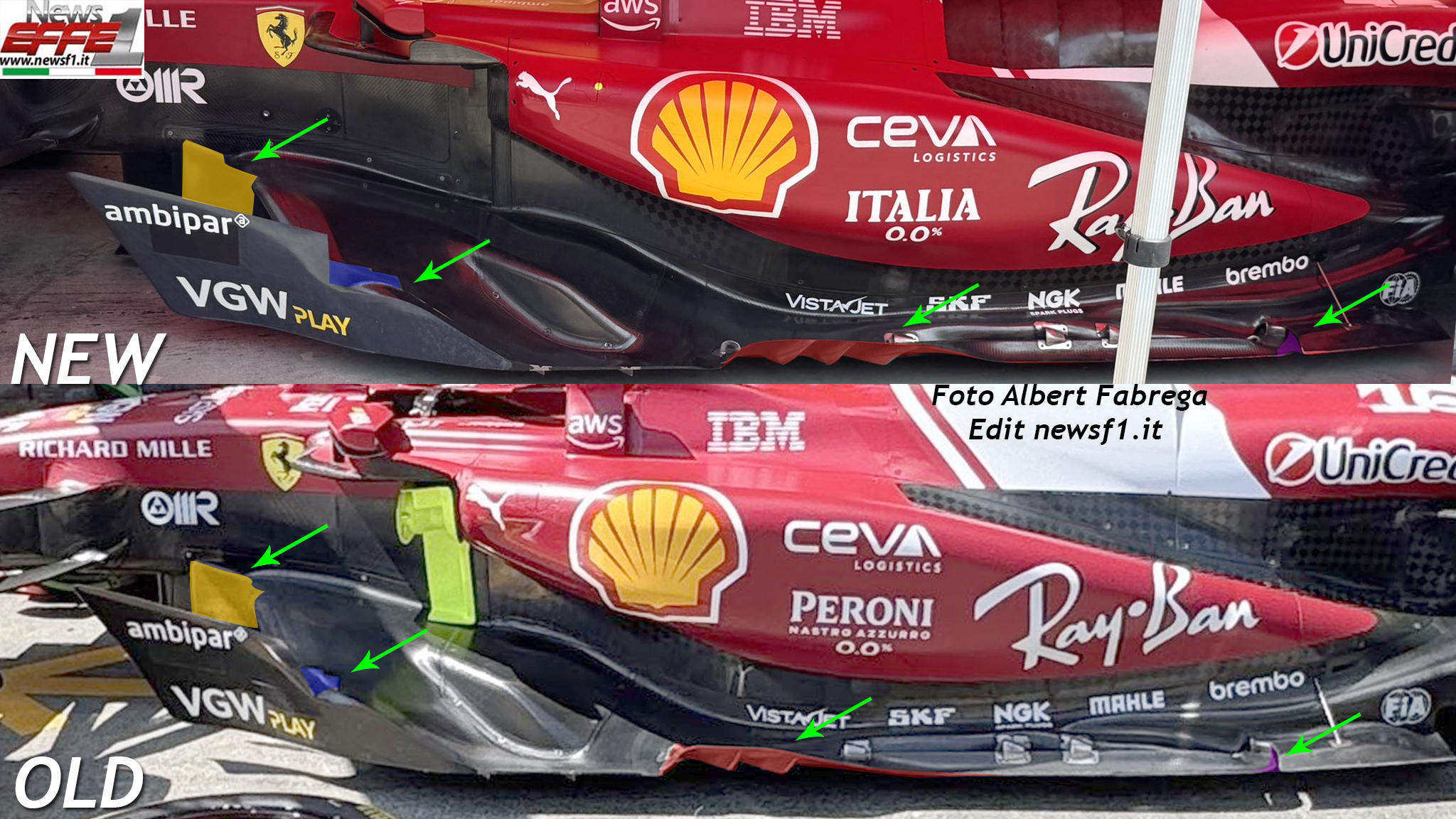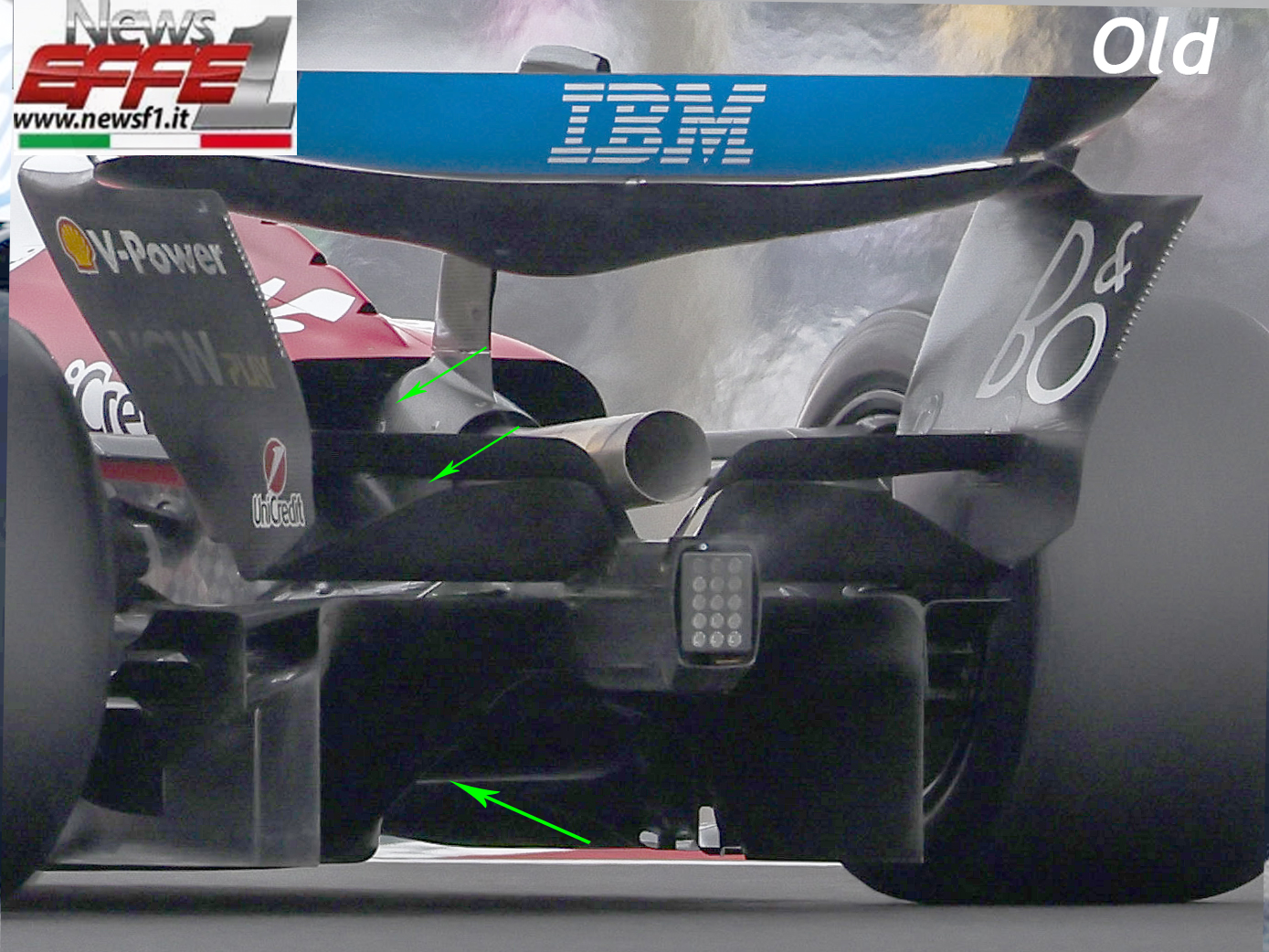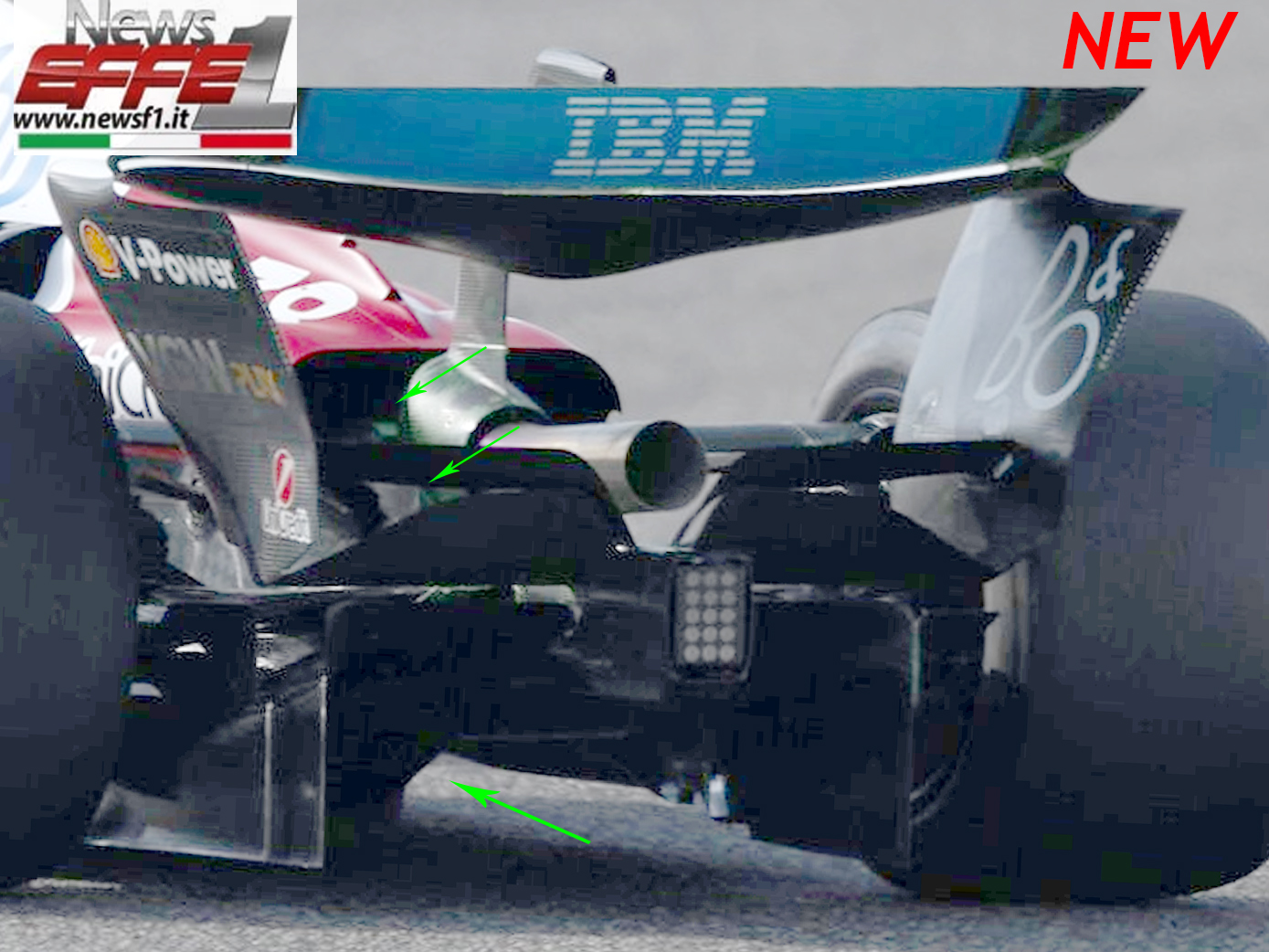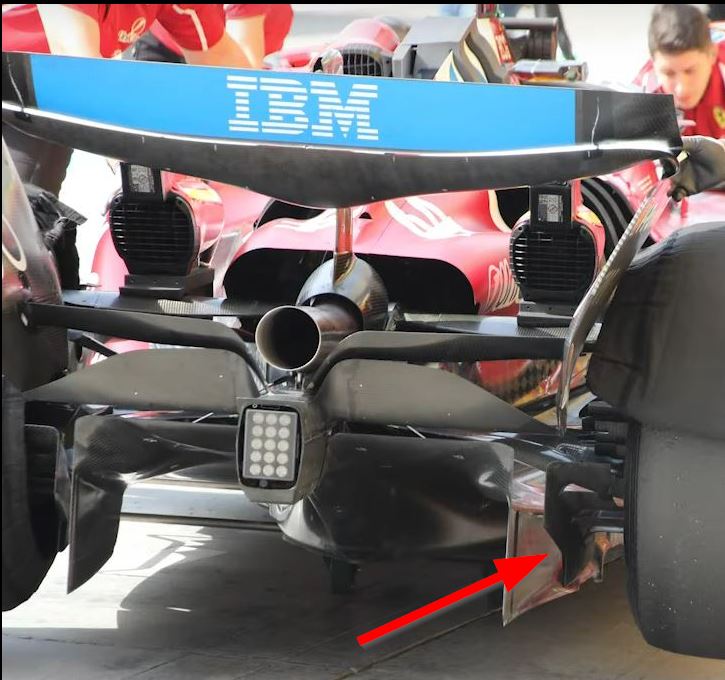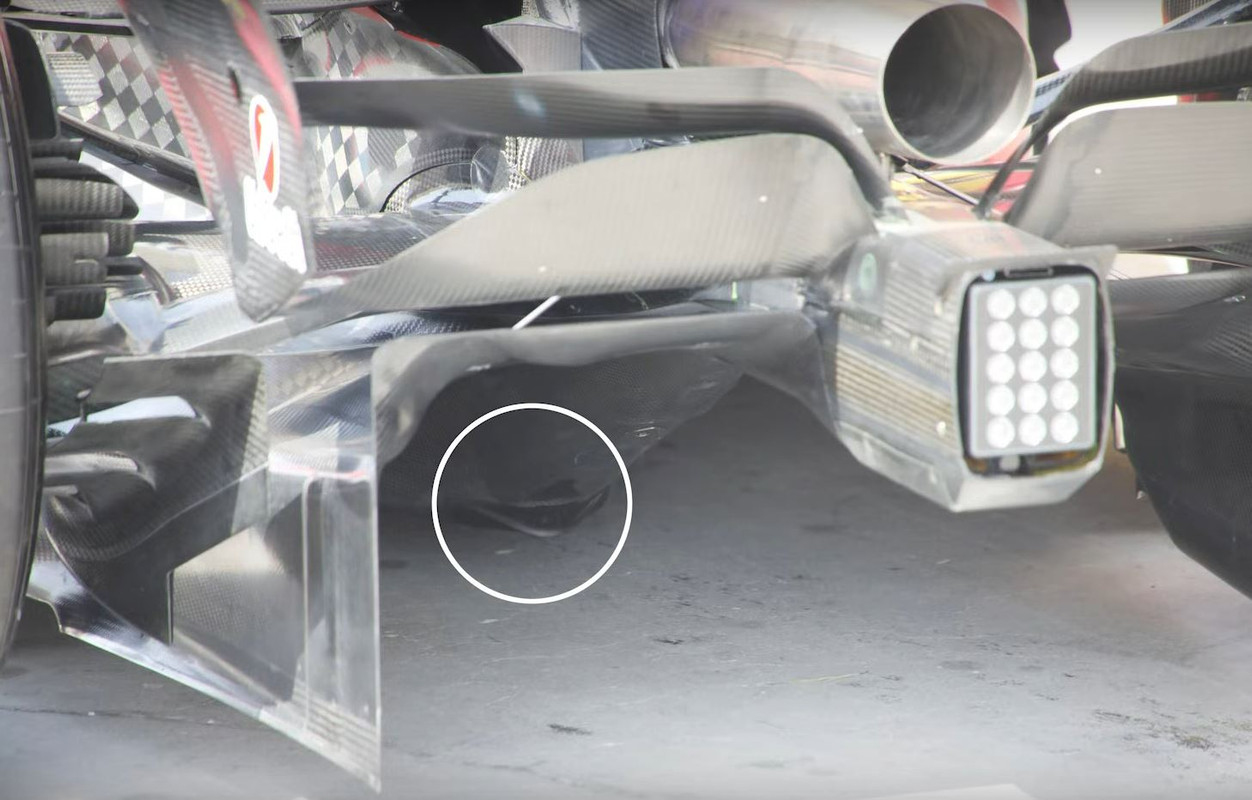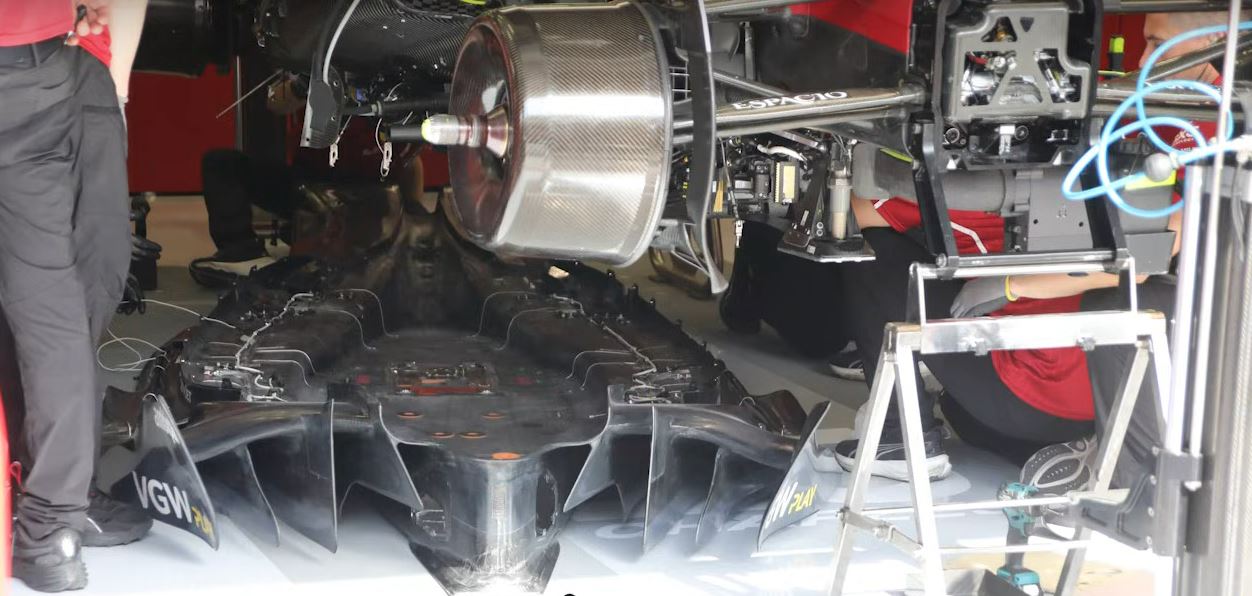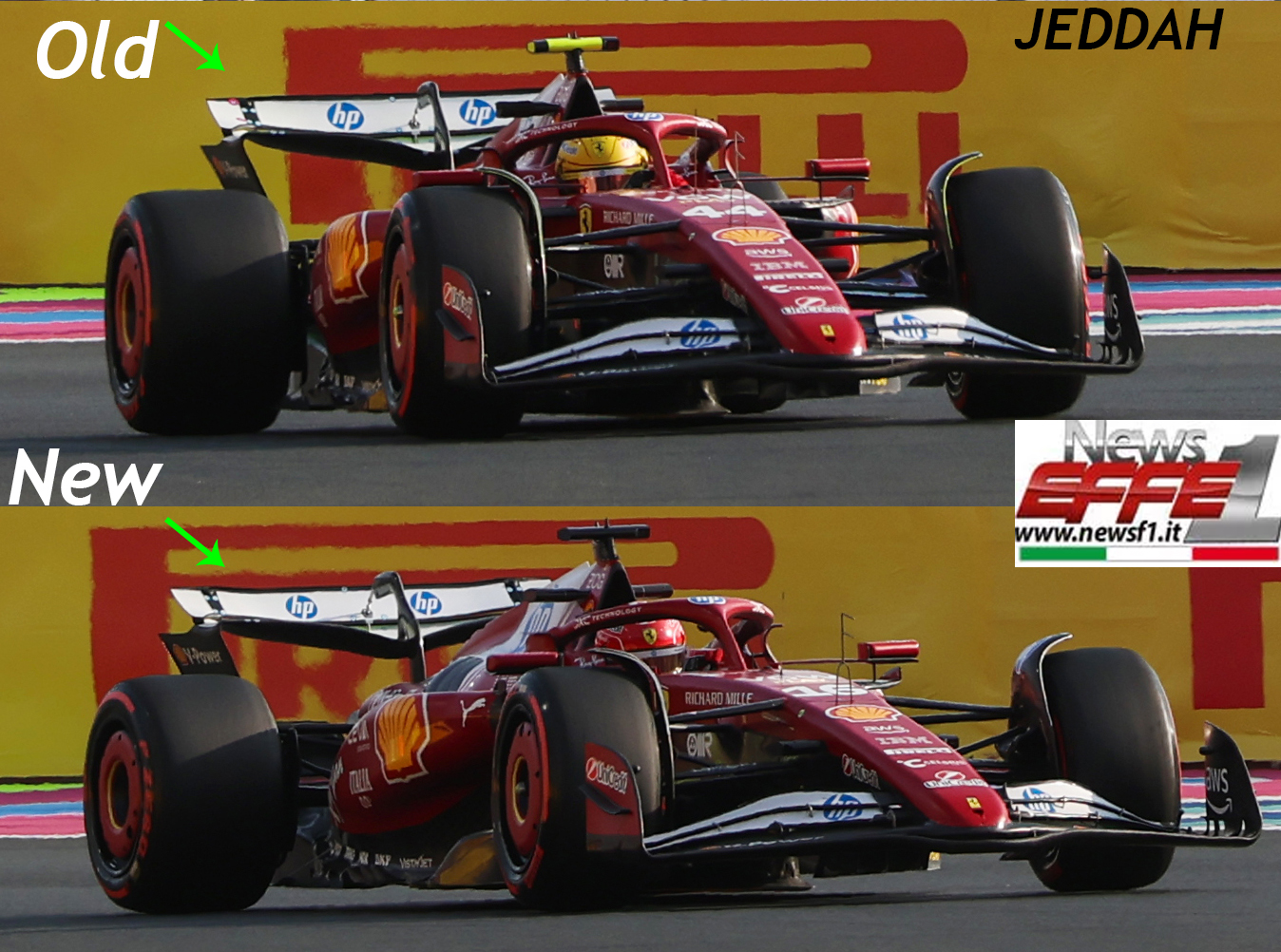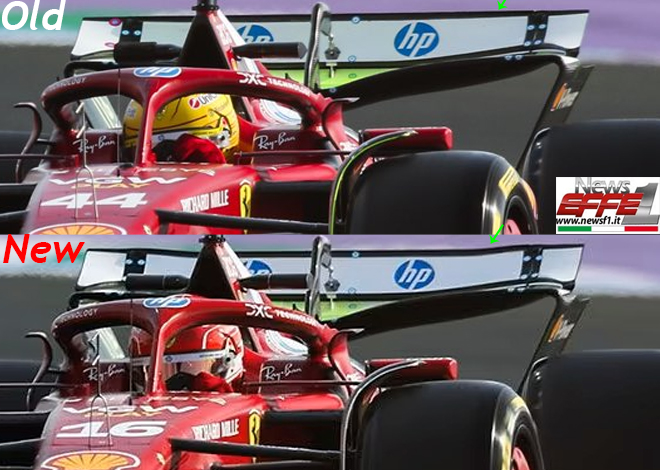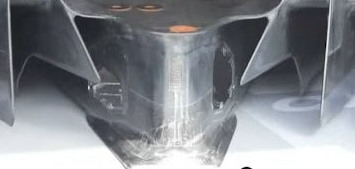Full deep dive on rear end issues
The main thing:
Ferrari 2022 car was a well-defined concept designed for and according to original 2022 rules, before TD39 and 2023 floor changes were introduced
A big part of that concept was a tight engine cover and a tight rear coke-bottle area, both of which were made possible by keeping rear pull-rod suspension used on most pre-2021 cars
When VF-22 was destroyed in 2022 Monaco GP, we could see how Ferrari's 2022 gearbox was packaged. There wasn't a lot of room for mechanical components, as the crank shaft of ICE needs to go into the gearbox right through this complex mechanical system
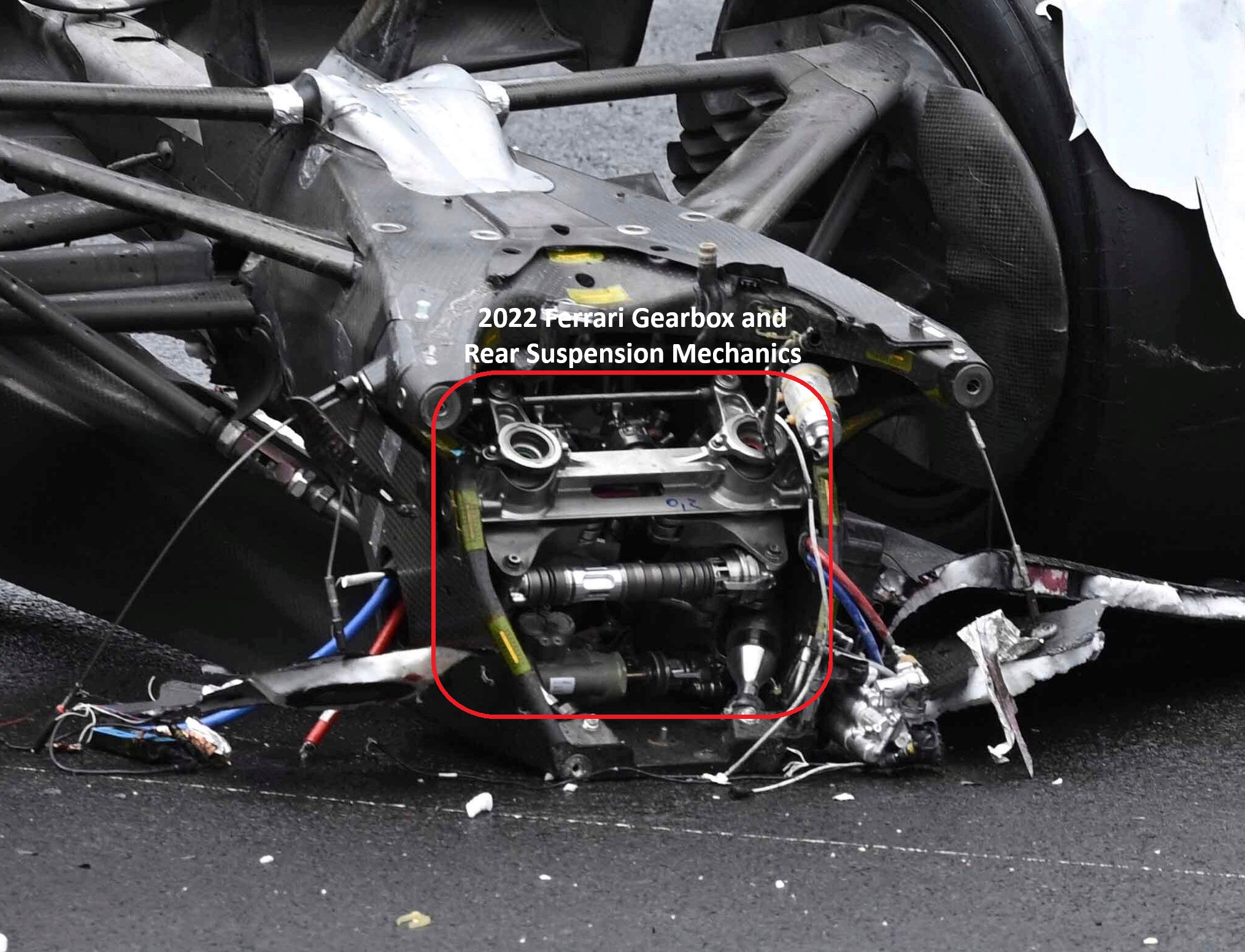
In 2023 there weren't big changes to this system, while SF-24 got an update and this meant a change in internal suspension geometry, as well as shorter and tighter gearbox
This solution was working very well - for about 8-9 races. In Barcelona 2024, Ferrari brought an aero update package that reintroduced the dreaded high-speed bouncing. The problem was believed to be purely aerodynamic in its nature - but it never really is. Bouncing has to be solved tailored aero-mechanical setup solution
Ferrari worked mostly on the aero side and fully cured this issue with Monza 2024 package. Believing they found the right path for rear end floor development, they were fully committed to an already well-defined rear-end suspension solution within the gearbox casing for their 2025 car
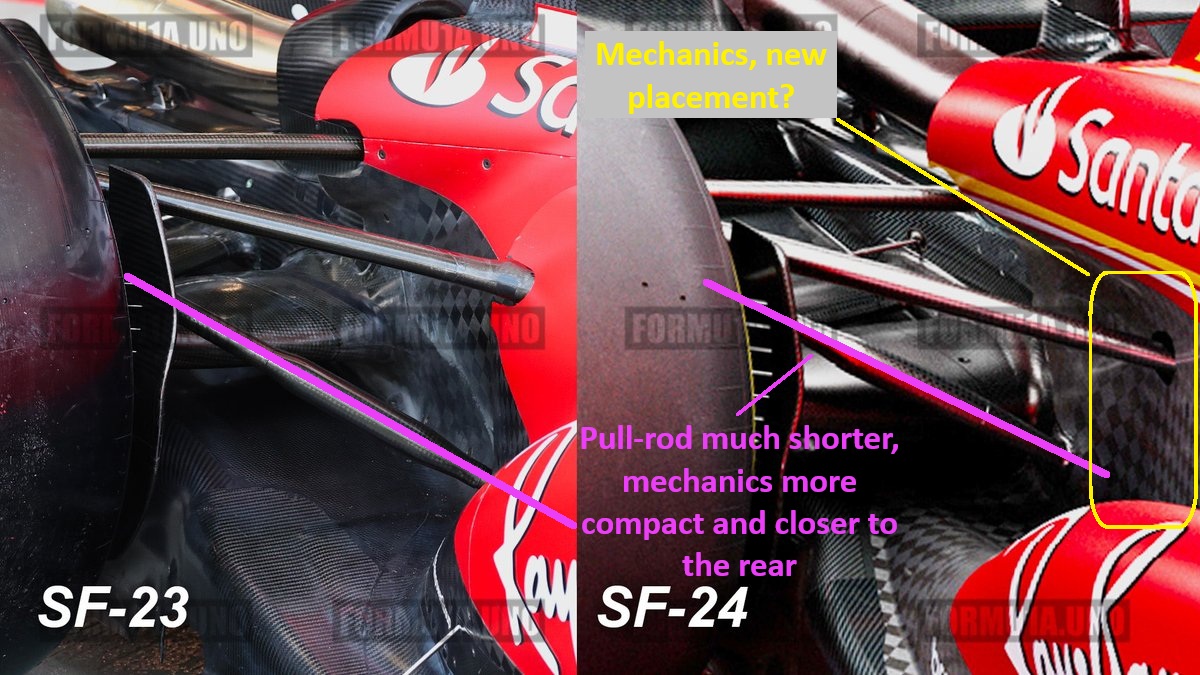
At this point, it's worth reminding ourselves of the mechanical update Mercedes brought in Monaco 2024, with a big bulge appearing over front suspension mounting points
Mercedes brought a new front wing as well as redesigned front suspension components, including new damper assembly (revealed on photos in later events only) which apparently solved a lot of front-end issues they had
This damper was quite large in diameter, and this is important because damper and Belleville Spring characteristics depend a lot on their diameter - especially when you need to tailor their non-linear characteristic to specific circuit needs for every race track
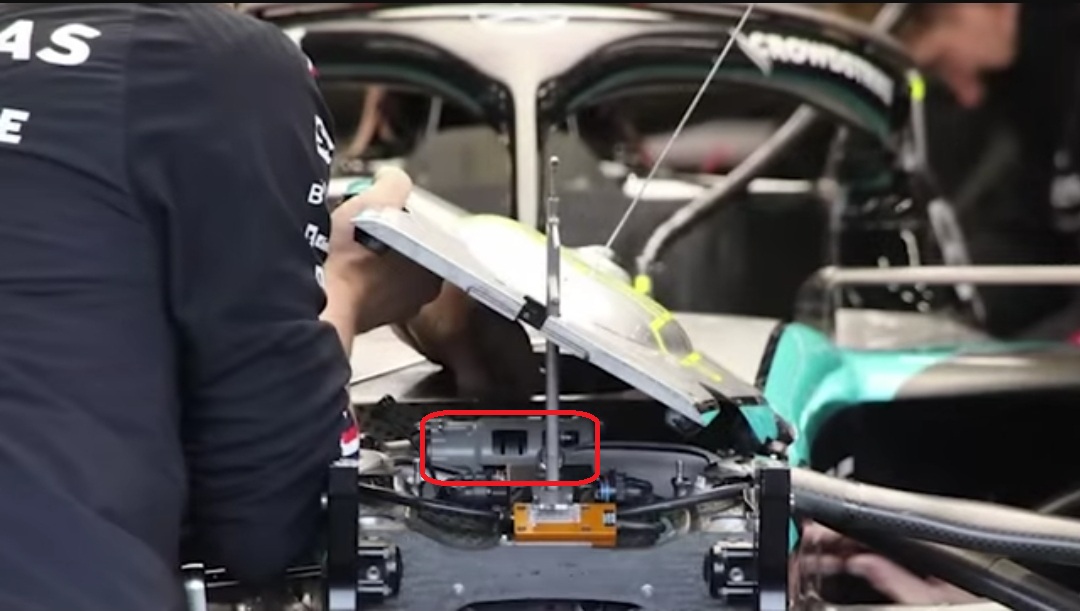

Finally - putting 2 and 2 together, did Ferrari leave the gearbox case too small for the loads the cars generate in 2025? Are they now limited to rear-end damper diameter they can place?

This would explain a lot of things, especially taking into account an unplanned departure of early-season Technical Director from Ferrari in 2024. Former TD put the early concept of SF25 in place and was overseeing the design and target limits for the whole car, before deciding to take the offer from AMR
The chaos that happened in early races this year was caused by sudden realisation of massive mistakes in early design process. Gearbox and Chassis are two systems with long lead-times, so they are defined first and development is frozen very early - sometimes even in October for next year's car. By the time they are frozen, the actual design is finished for some time and final calculations and simulations are taking place to verify if this design reached its targets
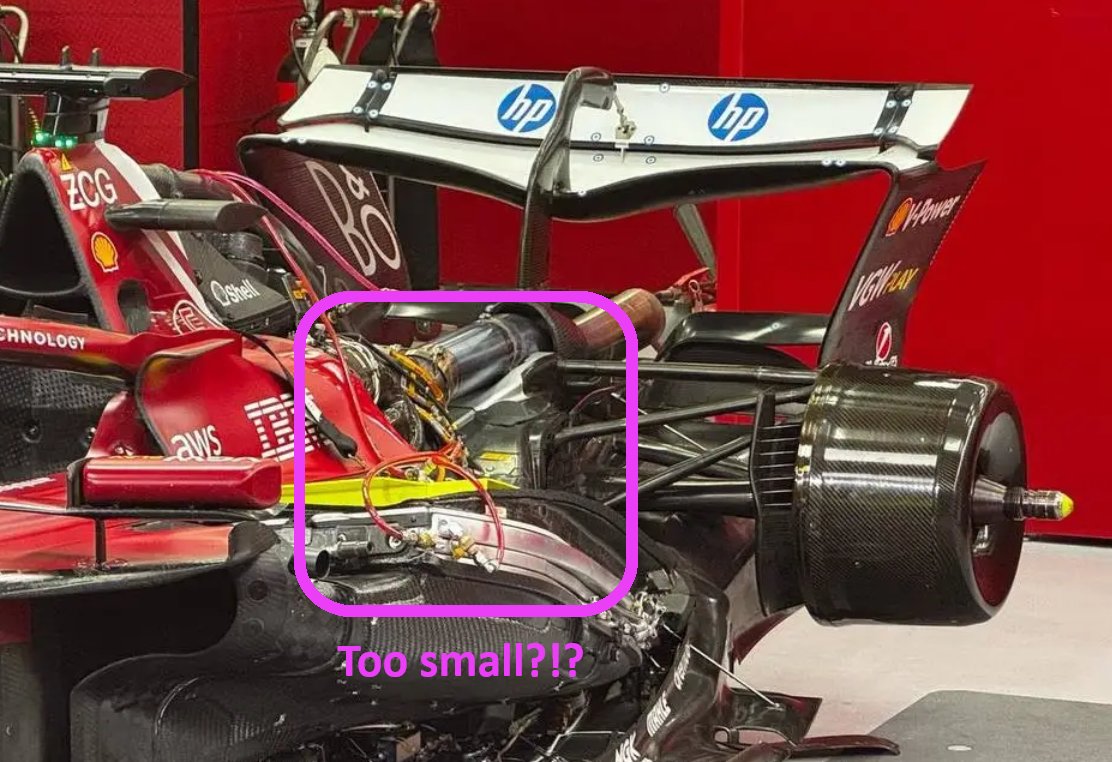
What can Ferrari do now?
The redesigned rear end mechanics have been confirmed by Auto_Racer_it team and updates are in development. Whether they are introduced at Silverstone is another question. What the team might be focusing on is

redesigning the entire Gearbox Case to accommodate larger rear suspension mechanics or

redesign the rear suspension mechanics within the limits of current GB Case
First solution is probably better, but a lot more time and budget consuming. Is this worth the risk? I have no idea, but it's worth remembering the rear crash structure needs homologation with crash-testing and this means even more time and money is needed
The 2nd solution is aimed at taking a very different approach to suspension mechanics most likely, while working around the potential core problem
If successful, the 2nd solution would be very cost and time efficient considering the problem the team now has - running the car higher than optimal and using compromised setups to try and keep the tyres in the right window despite having less downforce
If the solution is not successful - it's the final year of this regulation set and valuable points in Title Chase are already lost...
